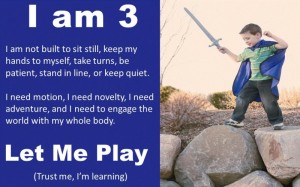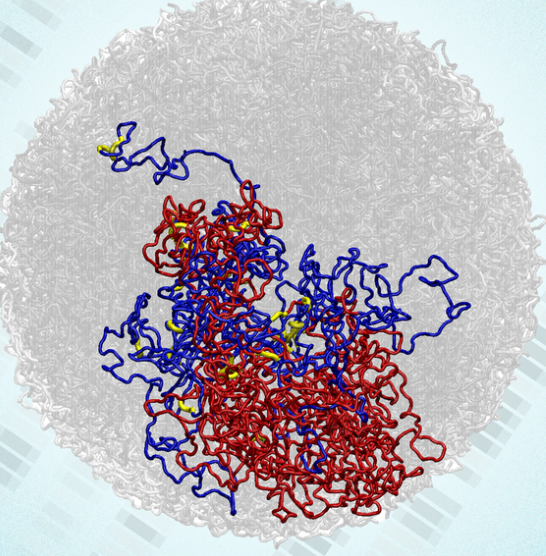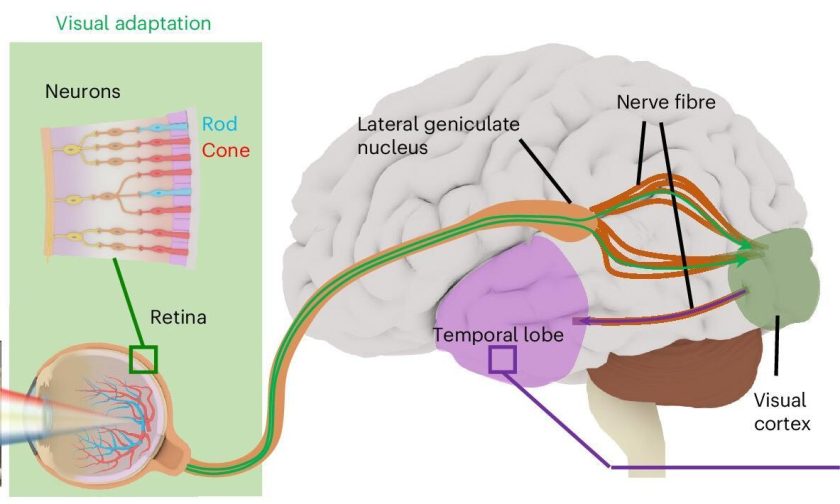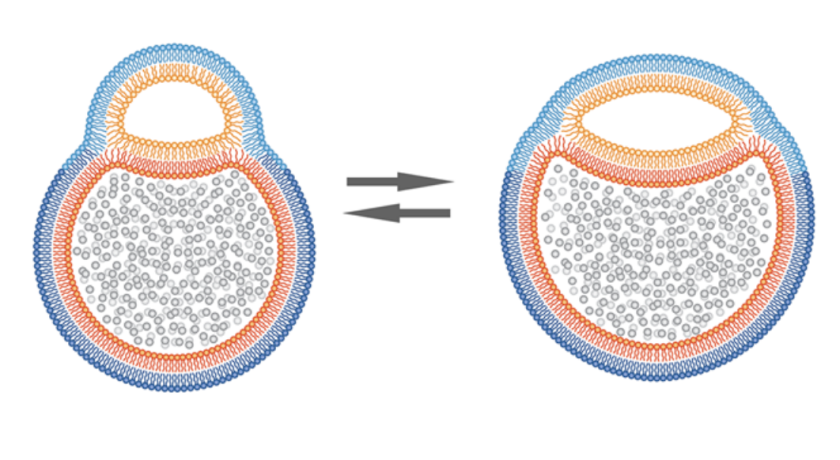As promised in my last article, today I start a new series of posts to direct parents on how to spend what I like to call “smart times” with their little ones, and play games that will support a healthy development.
In order to play right, a parent must know the types of play and the normal development of play in a child. This will give parents an opportunity to target the different types of play during their shared quality time.
The main types of play are acquired throughout the first three years of life, but continue to develop and become more complicated beyond the age of three.
Two main types of play emerge during the first year of a child’s life. The first type of play to develop is called the sensorimotor/exploratory play, through which children explore surrounding environment with their own senses. For example, a child explores toys through mouthing them, presses on buttons of toys to see/hear corresponding effect, and throws and bangs items to hear the resulting sound. The second type of play that emerges in a child’s first year is the social play. This type of play is the basis for social relationships later in life. It involves reacting to different people in different ways, attending to actions of other children, as well as drawing people’s attention to self.
The second year in a child’s life is marked with the emergence of important gross motor skills. As children acquire new gross motor skills, they start learning how to enjoy themselves using such skills. Something as simple as lifting one leg off the floor momentarily to kick a ball seems like a lot of fun for a toddler. At this stage, children also engage in fun activities that involve running, jumping in place, and maneuvering around physical obstacles. Functional play also happens to develop during the second year of a child’s life. This play includes using items according to their function (e.g., a spoon is for eating, a comb is for combing hair).
Between the ages of two and three, a child learns new types of play, those being pretend play, and constructional play. As the name suggests, pretend play is all about learning how to pretend all sorts of things. It is where the child learns how to throw imaginary tea parties using toy cups and kettles, or pretends to be a monster and scares mommy and daddy. On the other hand, constructional play involves putting together small pieces of items to make a larger model. For example, putting together Lego pieces to build a tower or a house, or assembling simple-puzzle pieces.
Although each year is characterized with two major types of play, a child continues to develop the skills learned at the previous years all while learning new ones. Each learned skill or type of play continues to develop and get more complicated and more refined during the next years of life, making it a continuous process of development and growth.
My next article will share ideas of free, simple, yet smart type of play that parents can invest their time in with their precious ones.
Photo credit: Explorations Early Learning




